10 Books For The Nature Lover
Fresh off the release of her critically lauded debut poetry collection, Terrarium, Urvashi Bahuguna compiles an exclusive must-read list of thematically diverse literary works that are awash in visceral descriptions of the natural world
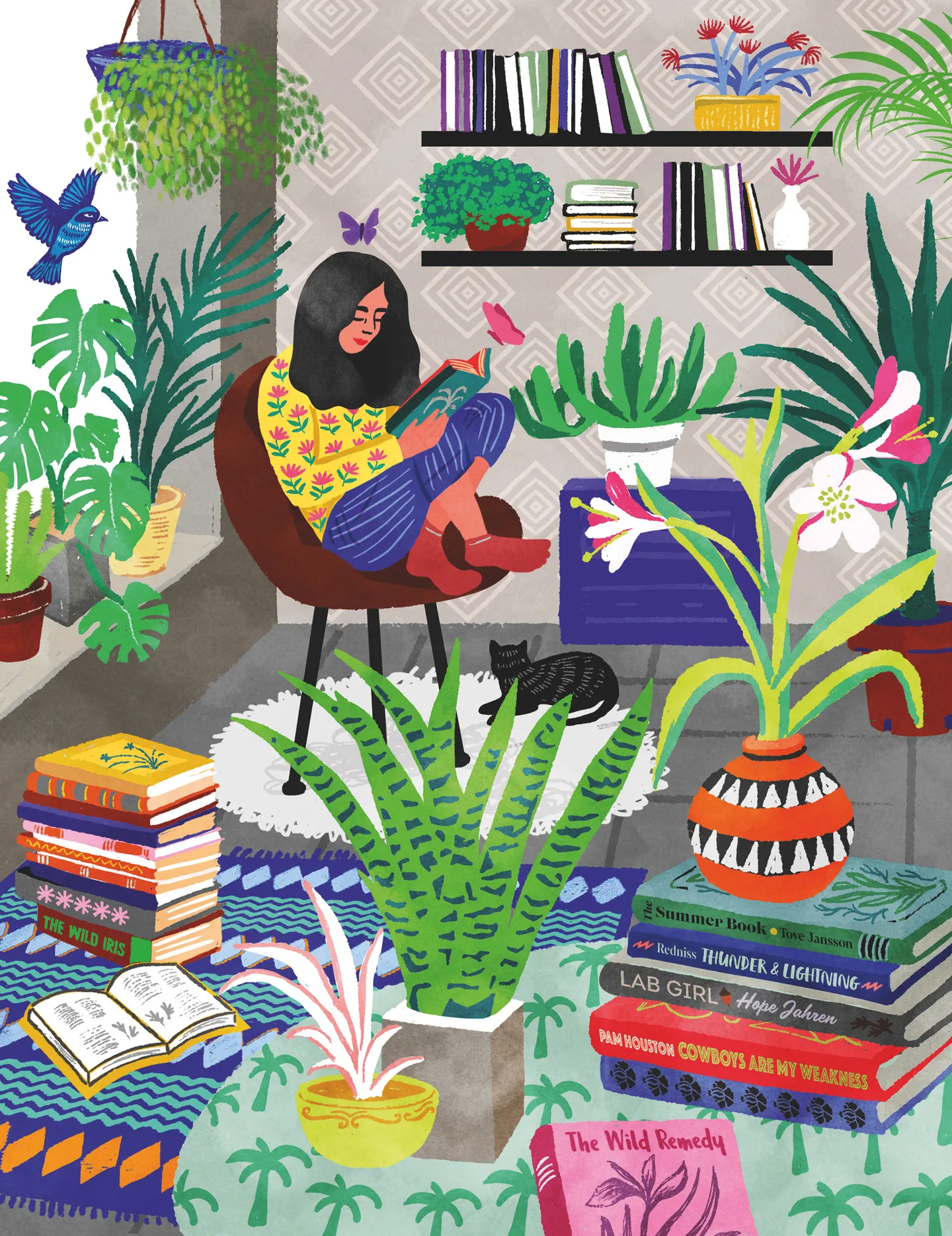
Every week, my vocabulary for the world around us grows. It’s the sort of growth that is attuned to the seasons; I’ve started paying attention to the words people offer — about the bird that’s been visiting their city these past weeks, about their favourite tree in bloom at the moment. I’ve started paying attention to what’s right outside my window, in a mostly paved corner of NCR (National Capital Region), and searching for their names — flowering trees in the distance: silk-cotton; small birds that circle the building in the mornings and evenings: house swifts; a call I hear often at night and finally located one night perched on a neighbour’s ledge: barn owls. It’s a practice that’s taken years to arrive at, that’s been sharpened slowly by the writing of those who see the natural world in the clear-eyed way that I wanted for myself, I realised. Some of the books I’ve chosen show the possibilities for wonder and peace when we pay heed to nature; some show the lengths that environmental science has travelled; while others remind us of both the historic and the continued exploitation of lands and their native inhabitants — each one better acquainting us with the earth.
Lauren Redniss
Thunder & Lightning: Weather Past, Present, Future
Random House. Non-fiction graphic novel. 2015.
The artist and reporter combines scientific findings, reportage, interviews, and illustrations in a stunning (and informal) treatise on weather — the geographical variable to which nothing and no one is immune. Thunder & Lightning is Lauren Redniss’ curation of noteworthy stories on the ways in which humans have combated or succumbed to the challenges of weather in the past, and the uncertain future of a planet that we’ve always believed we could control. She introduces us to the wide-ranging narratives centred around weather, including the story of long-distance endurance swimmer Diana Nyad’s training to prepare for weather disturbances over the ocean, an annual weather forecasting publication, Old Farmer’s Almanac, established in 1792 that still publishes successfully, the geoengineering schemes being devised to save the planet, little-known places around the earth that endure extreme and erratic conditions, and much else. In some ways, it’s also a history of nature’s resilience and human innovation.
Siddhartha Sarma
Year of the Weeds
Duckbill. Novel. 2018.
Based on the Niyamgiri conflict in Odisha, the journalist and author’s fifth offering is set in the Odia village of Deogan, located next to Devi Hills, which is sacred to the Gond people. The Gond villages surrounding the hills and neighbouring the local river, Tel, come under threat when a mining company discovers rich reserves of bauxite under their land and attempts to force them out. The government offers the villagers an alternate stretch of forested land but to the Gond people Devi Hills is their goddess, and they depend on this familiar land that they have carefully tended to for generations. Korok, a young gardener who looks after the garden of the local Divisional Forest Officer, is an intelligent and diligent protector of the medicinal and flowering plants in his care, and he becomes a key part of the villagers’ struggle to retain their land. Siddhartha Sarma demonstrates how the people’s lives are intrinsically tied with the land; it is the source of their sustenance, medicine and building materials — even their decorative paint comes from plant sap. This novel is a glimpse into the lives of people who depend on the natural world in a way that many of us could not fathom.
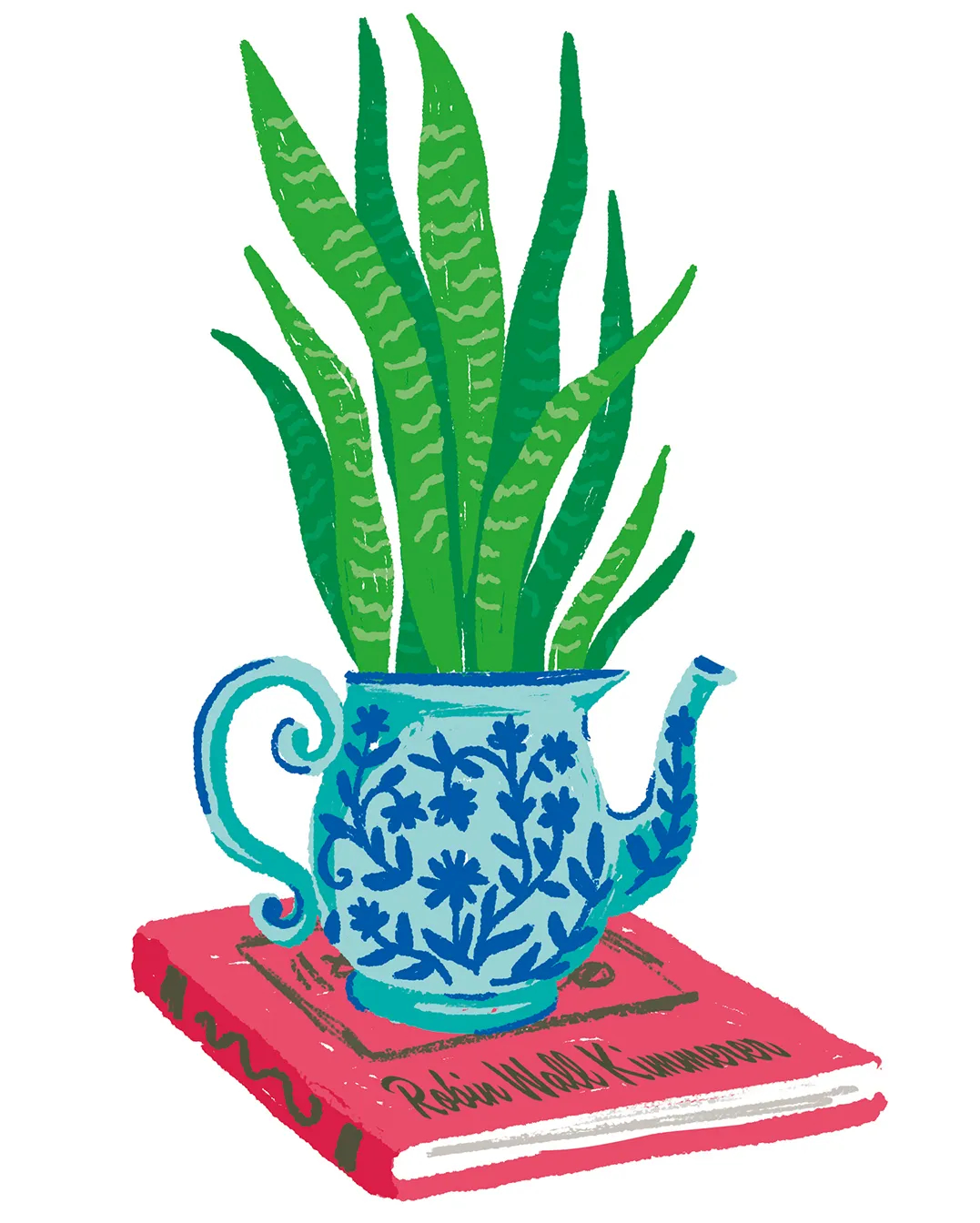
Robin Wall Kimmerer
Braiding Sweetgrass: Indigenous Wisdom, Scientific Knowledge and the Teachings of Plants
Milkweed Editions. Non-fiction. 2013.
She is a botanist, scientist, professor, and a member of the Citizen Potawatomi Nation, which is located in present-day Oklahoma. In her work as a botanist, she draws on her tribe’s resilient relationship with the land, which they see as a gift and responsibility. In the language of her people, rocks, mountains, fire, and every other earth-formed element are verbs rather than nouns, animate rather than inanimate. Despite the dissuasion of a graduate advisor who considered her research questions about why asters and goldenrods looked beautiful together to be frivolous, despite the fact he made her ‘doubt where [she] came from, what [she] knew, and claimed that his was the right way to think’, Robin Wall Kimmerer pursued ‘heart-science’ because she saw the possibilities for a new species of knowledge where science and indigenous wisdom about the natural world came together. Braiding Sweetgrass is the result of that pursuit, and its pages include everything from the lessons she has gleaned from her ancestors and the fruiting patterns of pecan trees in their traditional groves, to an account of the years she spent raking an algae-filled pond to make it swimmable for her children. Kimmerer’s is a hopeful book that believes we can chart our way to a respectful harmony with the world we live in, and even at the points when I couldn’t fully subscribe to that hope, I still found rather unexpected ways to perceive and connect with my environs.
Barry Lopez
Arctic Dreams
Vintage. Non-fiction. 1986.
The Arctic, the American conservationist writes, ‘has the classic lines of a desert landscape: spare, balanced, extended, and quiet’. Arctic Dreams is a wide-ranging, almost encyclopaedic look at the region — though it bears remembering that Barry Lopez isn’t a local, and he too issues repeated reminders that the Arctic remains inscrutable to humans in many ways. Just a small sampling of the narratives he exposes his audience to, which show the breadth of his attention — encounters with the musk oxen; the crystalline clarity that the sunlight of the region offers to observers; the history of Western whaling, scientific inquiries into narwhals and polar bears, the disproportionate importance given by Western science to statistics over indigenous stories about the animals being studied; the baffling, and often fatal pursuits of explorers who set out to conquer the unknown; and the tendency of many outsiders to consider the possibilities for self-gain when confronted by an unknown landscape. Lopez’s blend of scientific, philosophical, and anecdotal writing styles about Arctic ecology serves to highlight the ‘complacency of our thoughts about land in general’. It is a text that asks for our full attention as it leads us through a landscape whose internal truths are obscured from most of us.
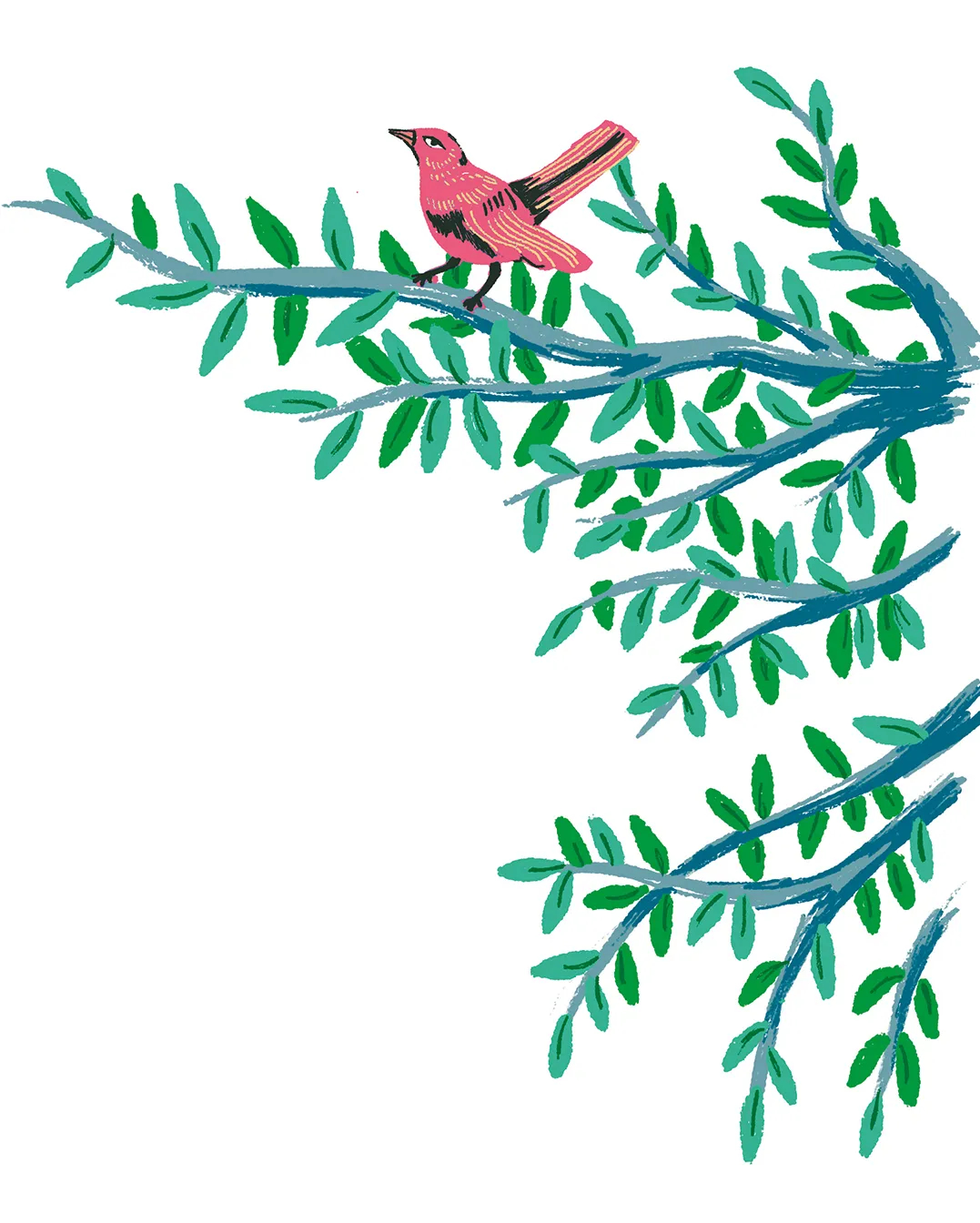
Louise Glück
The Wild Iris
Ecco Press. Poetry. 1992.
In her poems, the garden, the edges of the forest, the field become quiet places in which Louise Glück contemplates the self, god, humanity, relationships, and the transience of experiences. The garden and the poet engage in a fluid, perennial conversation. In The Wild Iris, beholden to seasons, the phases and cycles of the natural world put humans’ concept of time and their anxiety into perspective. Some poems are in the voice of flowering plants and trees, others in the voice of god and god-like elements such as the morning light and wind, others still in the voice of presumably Glück herself, as she gardens alongside her husband. Using the perspective of plants allows the poet to unpack the world from a distance — the clover observes the way humans tear the leaves they believe embody luck; the witch grass (generally considered a weed) derides the human tendency to pair mourning with assigning blame; the scilla pointedly asks, ‘Why/ do you treasure your voice/ when to be one thing/ is to be next to nothing?’ Of the texts in this list, The Wild Iris is probably the only one that reaches beyond the tangible and the physical and ponders the possibilities within biblical and metaphorical gardens.
Emma Mitchell
The Wild Remedy: How Nature Mends Us — A Diary
Michael O’Mara. Non-fiction. 2018.
The illustrator and author describes her depressed brain’s response to being among nature as a ‘neuronal sigh of relief’: a description supported by scientific findings that show evidence of multiple physiological and psychological benefits in humans who engage with nature. Armed with her grandfather’s copy of Reverend W. Keble Martin’s book, The Concise British Flora in Colour, Emma Mitchell seeks therapy from forays into her garden, the woods near her house, and the British coast, and sometimes, when she is too depressed to leave her living room, in the illustrations of the plants themselves. The Wild Remedy is the diary of a year in her life (with a chapter for each month), filled with sightings of local flora and fauna, attentive observations of the shifts that occur from season to season, photographs and descriptions of her continual foraging (leaves, pine cones, fossilised mollusc shells, bird feathers), illustrations of the elements she’s compelled to draw, questions she’s spurred to investigate on these walks (What was the unfamiliar species she’d just encountered? Where did the common darter dragonfly lay its eggs? How many colours could she locate in the woods in November?), as well as honest discussions about the struggle to venture outside, during her bad days and weeks, towards the environment that she knows will help in healing her.
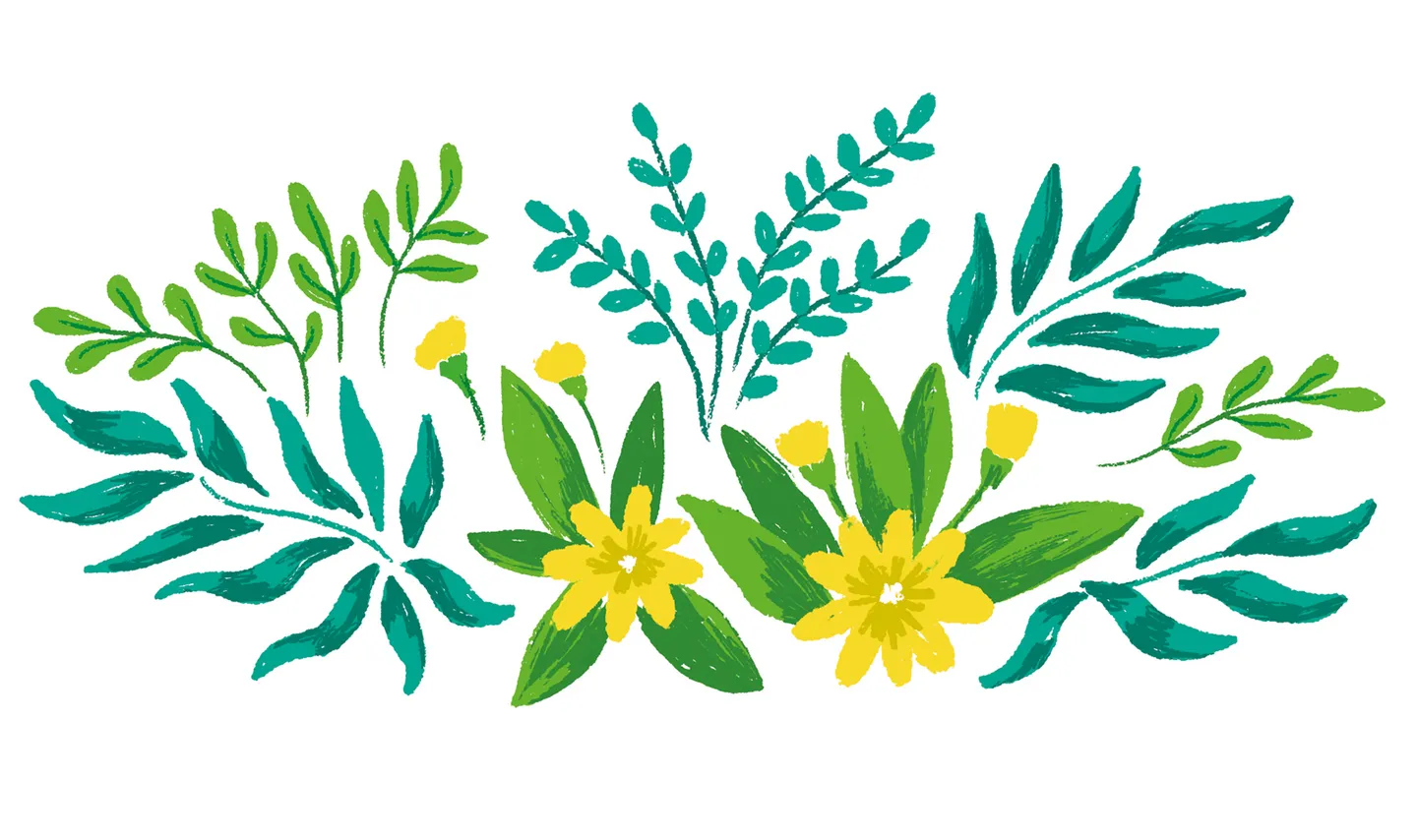
Tove Jansson
The Summer Book
Pantheon Books/Random House. Novel. 1972. Translated from Swedish by Thomas Teal in 1974.
Set on a group of small islands in the Gulf of Finland, where the Finnish writer and illustrator spent summers for most of her life, The Summer Book is a celebration of the season’s significance for a region plunged into cold and darkness for much of the year. After losing her mother, a six-year-old girl named Sophia spends that summer with her grandmother on an island. Together, they rear kittens, visit a patch of dead forest and carve animals out of wood, chance upon seal skulls and nettles. Written with humour and empathy, Tove Jansson’s short novel captures the tiny but magnificent details of an island in bloom. It was one of the first books that showed me that in literature, there is room even for incidents as small as accidentally slicing an angleworm into two — a moment of relatively minor significance, but one that endures as an image of a summer spent exploring.
Aimee Nezhukumatathil
Lucky Fish
Tupelo Press. Poetry. 2011.
‘The secret of soil,’ the poet and professor of environmental writing offers, ‘is that it is alive/ a step in the forest means/ you are carried on the back/ of a thousand bugs’. The poems gathered in Lucky Fish aren’t uniformly about the environment, but the collection is driven by a love for the life that beats around her — a cricket in danger of being thrown into a fire, moose that return dutifully every spring, a two-headed calf, the dog at her feet, her parents’ yard full of fruit trees that attracts thieves, the different soils across various states in America. The gift in Aimee Nezhukumatathil’s poems lies in their lessons about seeing — how the earth’s beauty is continually available for our gaze, how our eyes can be trained to see more in what has always lain before us, how attention is both a pathway to and an expression of love for the world.
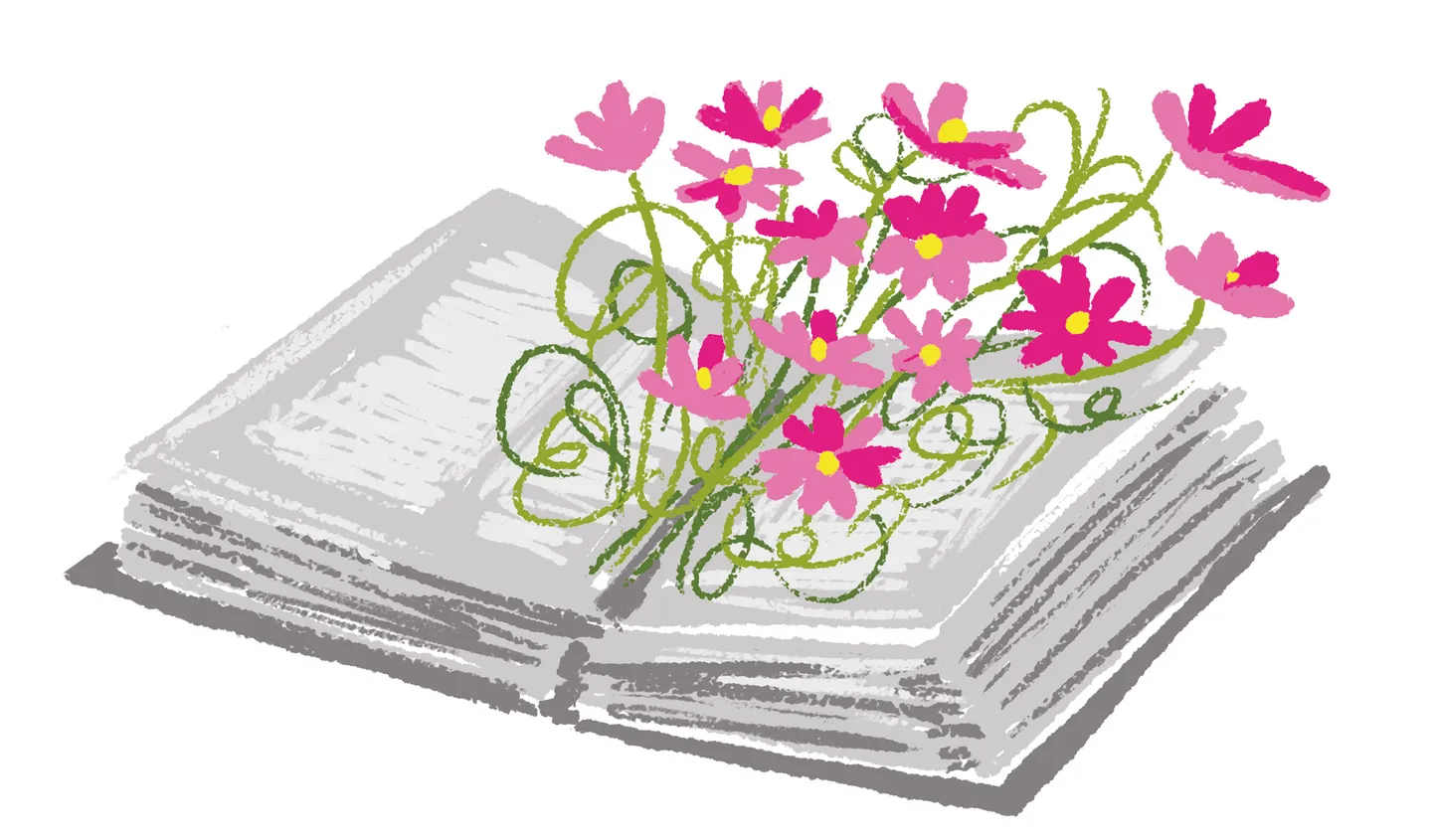
Pam Houston
Cowboys Are My Weakness: Stories
Norton Paperback. Short Stories. 1992.
Her first collection of short stories is a love letter to the American landscape, to thinly inhabited swathes of prairies and mountains, to the people drawn to the rugged possibilities of freedom (and yes, power) in the wild. Pam Houston’s characters ride boats on the country’s fastest and most dangerous white-water rivers, accompany ram hunting parties as guides, train horses on ranches and camp out in the wilderness during the winter. They seek others who are comfortable when removed (even if for short periods) from the security of flat, urban ground. In Cowboys Are My Weakness, the same remote terrain that provides sustenance and excitement, also isolates the vulnerable and provides shelter for corrosive masculinity. Drawn from the experiences of Houston’s life, the stories display knowledge of these environs that could only have come from having lived among them, and she demonstrates an enviable understanding about the variations among humans’ relationships with the natural world.
Hope Jahren
Lab Girl: A Story of Trees, Science and Love
Little, Brown Book Group. Non-fiction. 2016.
The award-winning American geobiologist, whose research includes studying the internal processes of living and fossilised plants, worked for years to establish and fund her own research laboratory. Through Lab Girl’s accessible prose, Hope Jahren maps the remarkable stories of trees. From their patient beginnings as seeds, which may wait up to a hundred years before sprouting into the precarious first years of a plant’s life, to the growth of those that survive, and the eventual consumption of many. Her ability to choose singularly startling observations about trees and translate their significance for lay readers shifted the way that I perceive the trees around me. Alongside revealing chapters on botany, Lab Girl also outlines the tremendous effort that goes into the pursuit of scientific research and the challenges that lie on the way.